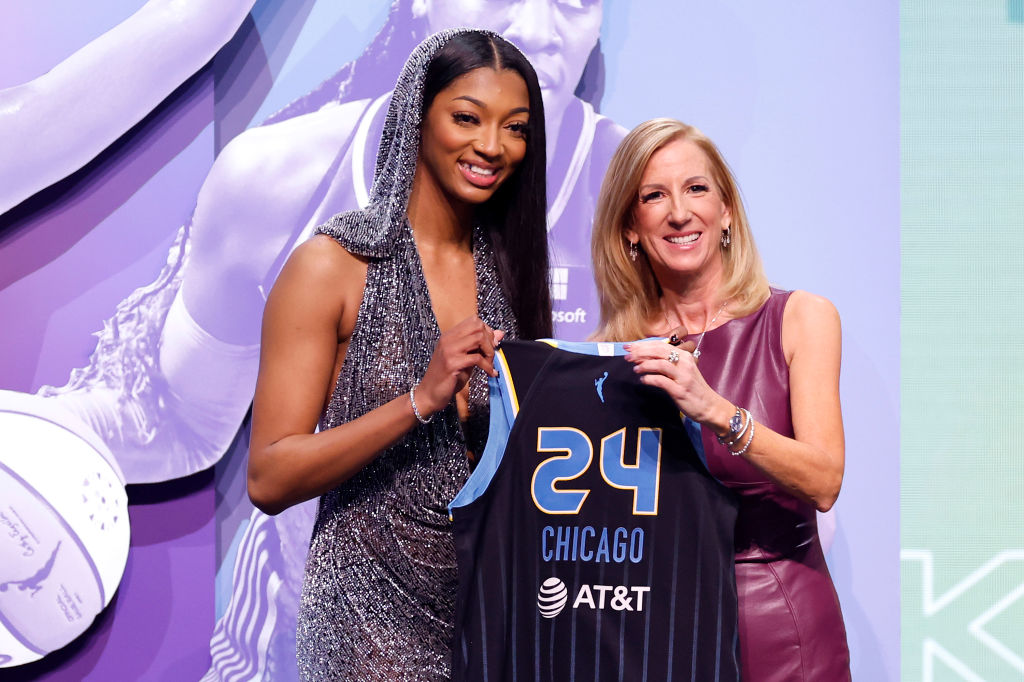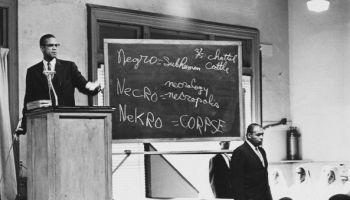Boxer Jack Johnson set the standard for the twentieth century model of the dominant Black athlete. Before Jackie Robinson broke the color barrier in a major sport, and before the mainstream acceptance of Muhammad Ali’s remarkable flair, Johnson made it fashionable to be a rich, educated sportsman. As the first Black heavyweight champion of the world, Johnson inspired Black Americans and engendered hostility from whites. Even liberals like Jack London called for a “Great White Hope” to prove European racial superiority. Johnson’s victories were sometimes marred by race riots of angry white’s seeking revenge. In a society still plagued by insidious white supremacy, many other Black athletes, politicians, and other public figures continue to stir up the kind of jealousy and anger that Black excellence often does.
John Arthur (Jack Johnson) was born on March 31, 1878 in Galveston, Texas to former slaves. In his early life, he held jobs as a baker, painter and dock worker. With only a fifth grade education, Johnson was limited to modest occupations. But it was his stint as a janitor at a local gymnasium that ignited the interest in boxing that would define his life. Johnson had his first professional fight in 1897. He made the rounds on the Texas circuit, earning the nickname the “Galveston Giant” for his statuesque physique. By 1903, Johnson was the uncontested black heavyweight champion, but he sought the recognition of the great American white fighters whom the press deemed superior. As he traveled across the globe, racking up wins in Europe and in the Caribbean, Johnson called out the stateside champions who refused to fight him on the basis of his race. Both John L. Sullivan and Jim Jeffries evaded Johnson, hoping to preserve their reputations and middle class pride. If they fought a black boxer like Johnson, they could face ridicule from their peers in the sport, and worse reactions from the public if they lost. Jack Johnson’s taunts did not fall of deaf ears with Australian champion Tommy Burns finally accepting the challenge to fight him in 1908. In what could only be described as a drubbing, Johnson defeated Burns in Sydney, Australia.
Even with prevailing stereotypes about Black men being unrefined brutes, Johnson beat Burns using his patented defensive strategy of counterpunching for rounds at a time and then unleashing devastating blows to finish off his opponent. This reserved style infuriated the boxing world in the wake of his victories; they called him a “coward.” That didn’t stop the press commentators from egging on the other fighters who stood a change at beating Johnson, with Jack London famously urging white fighter Jim Jeffries to come out of retirement to “wipe that smile off his face.” Jeffries also gave in to the pressure, and because of his impeccable record was picked the favorite to finally knock Johnson off the pedestal he had reached.
On July 4th, 1910, Johnson again trounced his opponent, ignoring the “Great White Hope” labels that Jeffries carried with him into the match. The result set off a series of race riots, and public opinion swayed negatively about boxing on the whole.
When Johnson was seen with white women, in an open challenge to the status quo denouncing interracial liaisons, he was indicted under The Mann Act, which stipulated that men could not transport women across state lines for inappropriate activities like prostitution. He fled the country for England, where he lived with his first wife Etta Terry Duryea. Upon his return to the United States, he was arrested and served a year of jail time. Johnson had peaked in his boxing career but his personal life was still a point of interest for the angry press corps. He loved to race cars at incredible speeds, and eventually died in a car crash at the age of 70.
Johnson’s life underscored the fear of Black men that had so crippled America during his time, and still does in ours. But he lived to overturn those standards and, in so doing, made Black athletes a social force to be reckoned with for time to come.
RELATED STORIES
















